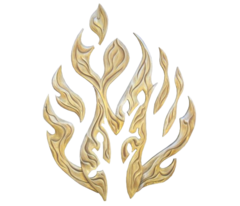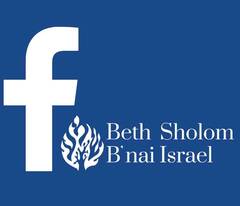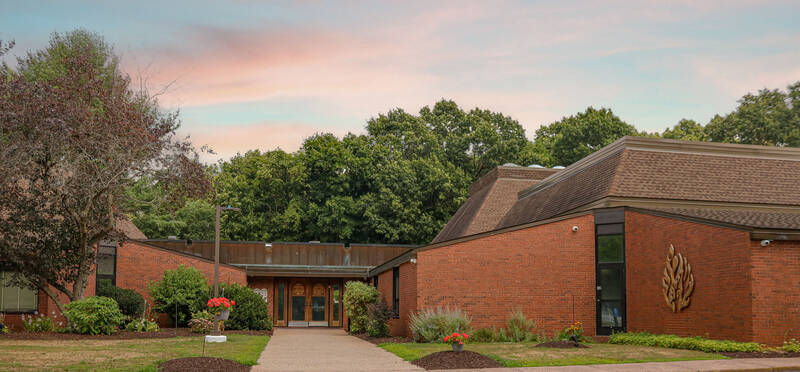Terumah Torah Study 5782 February 5, 2022
Dr. Shaiya Rothberg, Conservative Yeshiva Faculty Parashat Terumah
First published: February 17, 2018 | 2 Adar 5778 (USCJ Torah Sparks Blog Archive)
Moreover, thou shalt make the tabernacle with ten curtains of fine twined linen, and blue, and purple, and scarlet: with cherubims of cunning work shalt thou make them. The length of one curtain shall be eight and twenty cubits, and the breadth of one curtain four cubits: and every one of the curtains shall have one measure … Fifty loops shalt thou make in the one curtain, and fifty loops shalt thou make in the edge of the curtain that is in the coupling of the second; that the loops may take hold one of another…and it shall be one mishkan (tabernacle). - Shemot: 26:1-11
After weeks of powerful narrative (Burning Bush, Plagues, Crossing the Sea, Sinai) and profound laws (10 Commandments and Parshat Mishpatim), Parashat Terumah drops like a stone in our midst with its repetitious detail that only an architect or interior designer might appreciate. The curtain in the Mishkan has to have fifty loops. Fifty loops?! So what! Who cares?!
While generations of Bar Mitzvah kids would probably not agree, the authors of the classic work of Jewish mysticism, The Zohar, found in Parashat Terumah's detailed account of the mishkan's structure an interpreter’s paradise. The intricacies of the construction of this holy space, in which God's presence on earth would manifest, fired their imaginations. They were perhaps most struck by the combination of multiplicity and unity in the mishkan's construction: There are myriad curtains, boards, and sockets (and don’t forget the fifty loops!), but they all come together, "and it shall be one mishkan" (Shemot 26:11). For in the unity that emerges from the multiplicity, the spirit of God is manifest: "…and the glory of Y-H-V-H filled the mishkan" (Shemot 40:34).
The Zohar immediately sees a parallel. For what else is composed of intricate systems, and systems inside of systems, but when they come together in one unity, a unique spirit becomes manifest? The human being! "In a human being there are many members, higher and lower; some internal, within; others outside, revealed. Yet they are all considered one body, one person in a single bond. So too, is the mishkan … when its members all join together as one, then it is written, 'the mishkan shall be one', like a human being." (Zohar 2:162b).
Both the human body and the mishkan are complex structures composed of many parts. But when they are properly constructed, a unity prevails, and in that unity emerges a higher and more sublime dimension of reality: the human spirit and the presence of God.
And yet, simply having a body or constructing a building is not sufficient. We, like the devotees of all humanity's spiritual traditions, seek a higher way. We call that way the Torah. And is the Torah not also an intricate system, with systems inside of systems, from which emerges a higher unity? The Zohar tells us: "The commandments of the Torah are all members and limbs…when they all come together, they amount to one mystery. And this is the secret of the mishkan, that it is all limbs and members, and they all amount to the mystery of humanity."
And thus, for the Zohar, the mishkan, the human being and the Torah all manifest "the mystery of unity". In this mystery, different disparate parts join together into a living whole. And in that whole is manifest a higher, spiritual, dimension of reality.
May we all find that higher spirit in our practice of Torah. And may you live to see the glory of God fill the holy of holies, wherever that space be for you.
Questions:
- When is it important to see the parts of something and when is it important to see it as a whole?
- Music is simply different combinations of notes, and a novel is just different combinations of words. A musician once noted that the art of music is found in the spaces between the notes. How does this apply to the Mishkan, to a Human Being and how does this apply to Torah?
- Think of the love a parent has for a newborn baby. Why do parents count fingers and toes and every part of the baby’s body?
- What does all this detail imply about God? Is God found in the details, the space between the parts or is God found somewhere else?
- Does the more we know about the Mishkan, the Human Body and the Torah, change the mystery about these three things?




